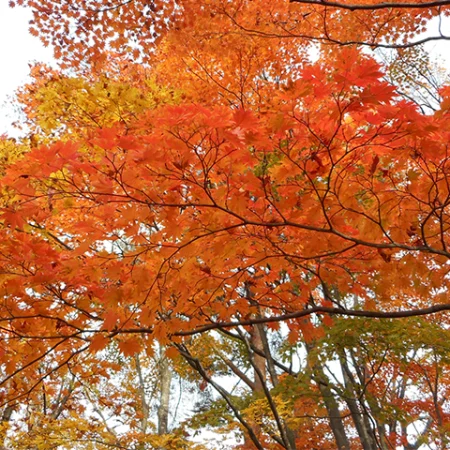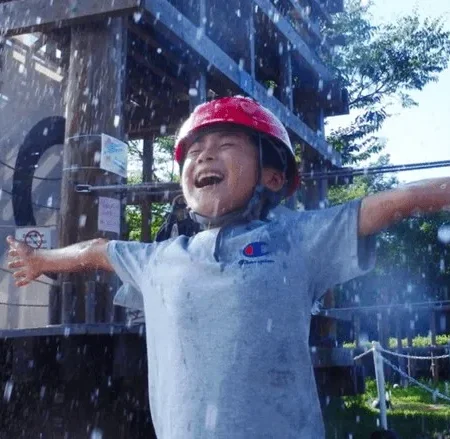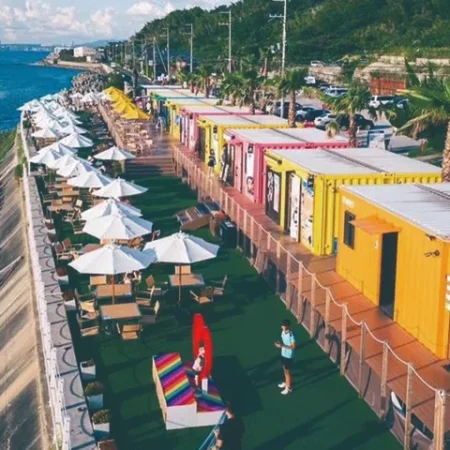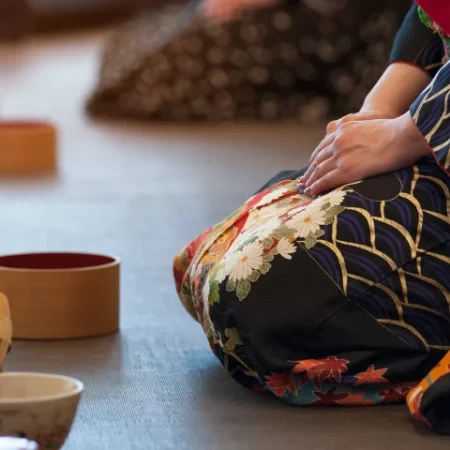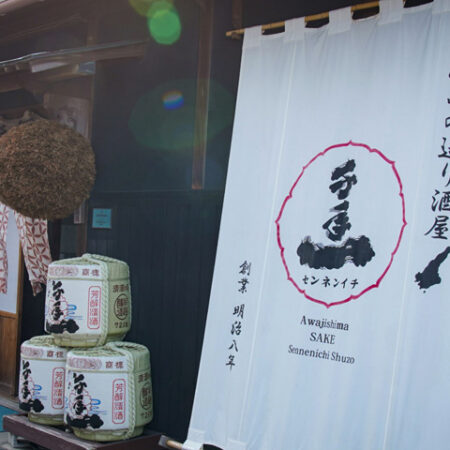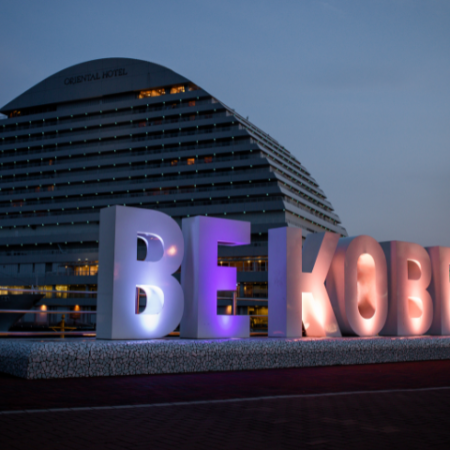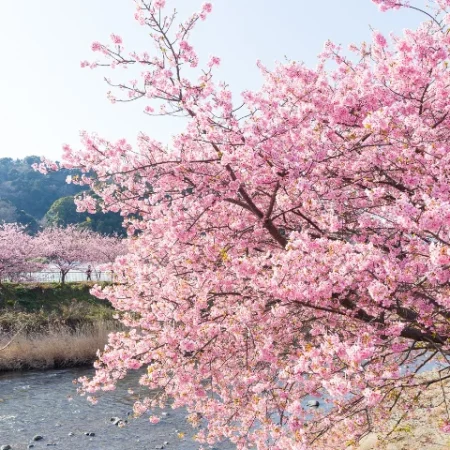Visitors from abroad come to Awaji Island because they want to experience a foreign atmosphere, experience the local culture and history, enjoy delicious food, go shopping, explore nature and scenic spots, and take a bath in hot springs. I’m sure there are.
Awaji Island, the birthplace of Japan, has a mythical history. There is a food culture called the land of food. It is blessed with nature such as the sea, mountains, and flowers. There is also a roof tile and incense industry. This time, we will introduce the spots where you can learn about all the highlights of Awaji Island.

Experience History and Culture
Izanagi Jingu Shrine
This ancient shrine embodies the great deities, Izanagi-no-Mikoto and Izanami-no-Mikoto, who are said to have given birth to Japan. A visit to Izanagi Shrine is a must when you arrive on Awaji Island. The establishment of Izanagi Shrine is recorded in the oldest Japanese texts, Kojiki and Nihon Shoki.
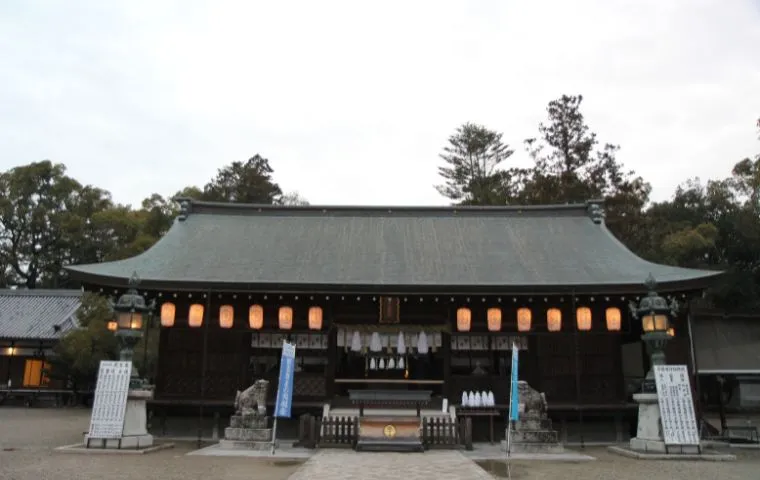
It is said to be the remains of the residence of the god Izanagi, who built the shrine to spend the rest of his days, after entrusting his powers to his daughter, Amaterasu Ōmikami. Facing his eventual demise, Izanagi constructed a tomb at his Taga residence on Awaji Island. Izanagi Shrine was built around the relics of this tomb and is one of the very oldest shrines in Japan.
Eshima

Eshima Island is a tiny sandstone island right next to the port of Iwaya in the northern part of Awaji Island. Which makes it also the best place to start in the Awaji island itinerary.
The small island is believed to be one of multiple locations identified as “Onokorojima,” (the first island of Japan) a legendary island appearing in the ancient chronicles of the “Kojiki” and the “Nihon Shoki.” The island was originally connected to the larger Awaji Island, but this connection was eroded away by the sea, resulting in its current shape.
Yumebutai
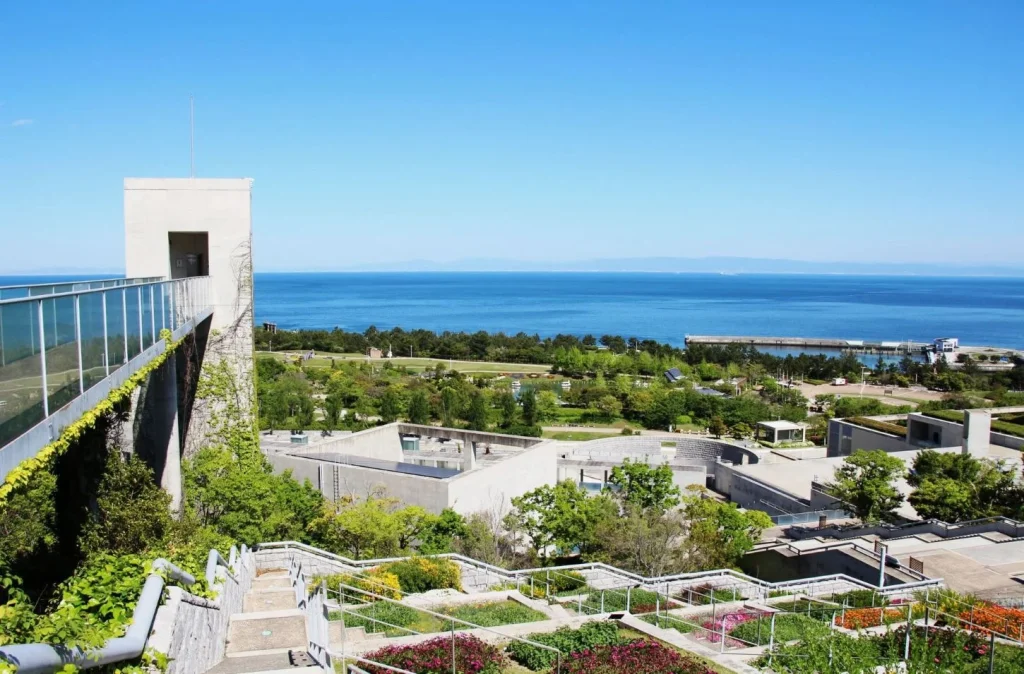
This complex including a conference hall, restaurants, greenhouse, and more was designed by Tadao Ando, a famous architect who won the Pritzker Prize, and the Nobel Prize in architecture. It is a popular sightseeing spot on Awaji Island due to its characteristic concrete architecture and production that incorporates nature. Awaji Yumebutai is designed to be one with nature under the theme of “a space where plants and humans can coexist.”
Hanshin Earthquake Memorial Park

This valuable park preserves the fault that emerged during the Great Hanshin-Awaji Earthquake (Kobe earthquake). A very interesting place to visit for those who are keen on seeing what kind of destruction an earthquake can cause.
The museum has an entrance fee of ¥730 for adults and ¥310 for children. It is open from 9.00 am. – 5.00 pm. (All the information in the museum is written in Japanese.)
Experience Nature
Hanasajiki
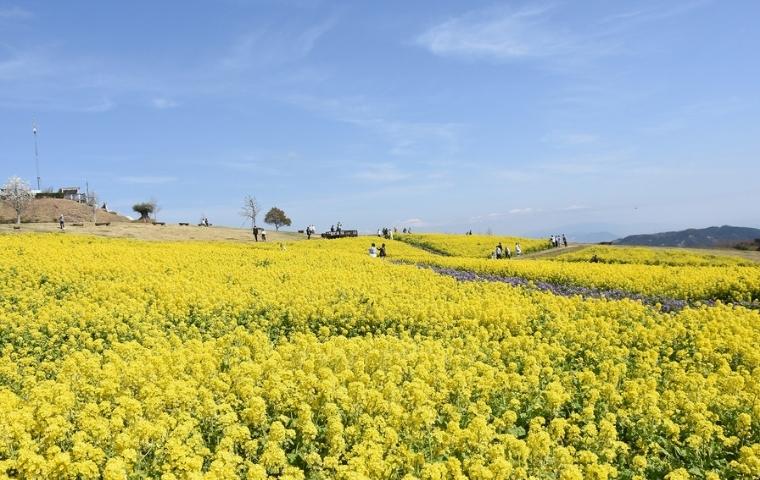
Awaji Hanasajiki offers a truly awe-inspiring experience during the summer months, as the vibrant sunflowers, delicate cleome, and enchanting blue salvia reach their peak. Visitors can revel in the breathtaking panorama of the sky, sea, and flower fields, all illuminated by the radiant sunshine. With approximately 200,000 vibrant sunflowers, pastel hues of cleome, and delicate shades of blue salvia, the visual spectacle is nothing short of extraordinary.
Admission to the park is free, and convenient public bus stops and parking lots are available, ensuring accessibility for all. Don’t miss the opportunity to visit Awaji Island’s great nature at Awaji Hanasajiki.
Keinomatsubara Beach

Keinomatsubara might be the most famous beach on Awaji but Taganohama may be the true hidden gem. Here you’ll find multiple beaches perfect for a swim, a green grass lawn to relax or play sports, convenient facilities, and a few shops selling goods and light meals open in the summer season. A precious point to watch the sun descend into the ocean, painting the sky and clouds with a multitude of colors.
Experience hot springs
Matsuho no Sato Onsen
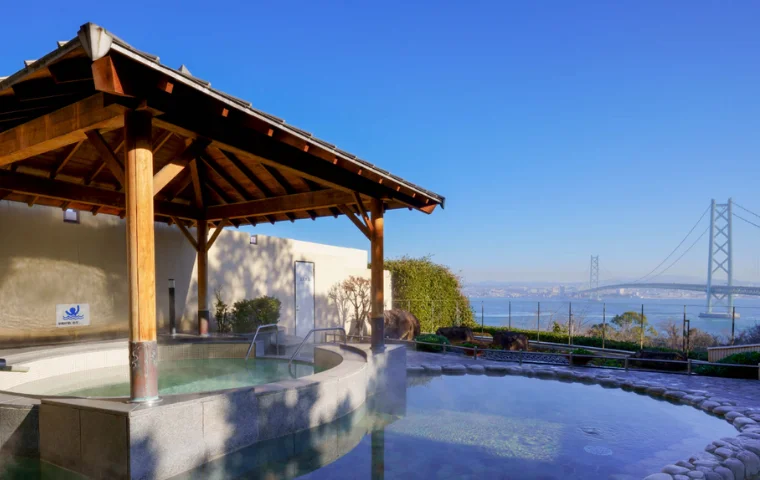
Relax your mind and body at this hot spring resort overlooking the Akashi Kaikyo Bridge. Matsuho-no-Sato, a hot spring facility located at the gateway to Awaji Island, offers a view of the bridge while you enjoy the warm baths.
The entrance fee for the Public bath is ¥730 for adults and ¥410 for children. It is open from 11.00 am. – 10.00 pm.
Akashi Kaikyo Bridge
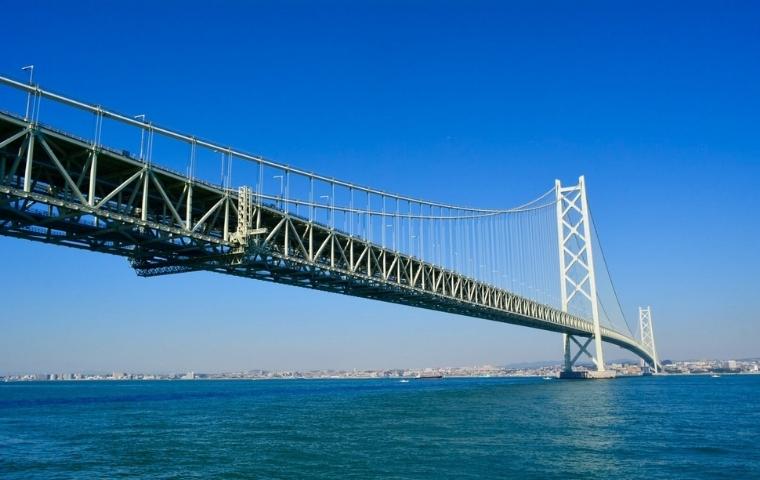
The Akashi Kaikyo Bridge is a symbol of Awaji Island. In the daytime, the lush sea and sky and the magnificent white suspension bridge are impressive. At night, the Akashi Kaikyo Bridge is lit up and shines in various colors. It is popular as a scenic spot for the night view, and it is also famous as a spot where many people stop by as the final point of sightseeing in Awaji Island.
Experience Food Culture
While exploring Awaji Island one must eventually take a break and eat. Among the top Awaji Island restaurants, you can enjoy the local seafood and other delicacies that the island provides.
Craft Circus

At Craft Circus, you can satisfy your summer cravings with the popular menu featuring a variety of delicious options. With eight pizzas featuring locally sourced ingredients like onions, Awaji octopus, beef, and shirasu (whitebait), it is guaranteed that you will enjoy your food. These generously sized 40-centimeter pizzas are perfect for sharing.
| Location | CRAFT CIRCUS |
|---|---|
| Address | 2-2 Nojima-Hirabayashi, Awaji City, Hyogo Pref. 656-1724 |
| Access | 15 minutes by car from Awaji IC on Awaji-Kobe-Naruto Expressway. 10 minutes by car from Iwaya Port (Jenova Line Ferry). |
| Parking | 80 spaces |
| Business Hours | Weekdays: 10:30-20:30 (last order 19:30) Weekends/Holidays: 9:30-20:30 (last order 19:30) |
| Closed | Thursdays (excluding national holidays) |
| Tel | 0799-82-1855 |
| Website | https://awajicraftcircus.com/ |
| Reservations | https://www.tablecheck.com/en/shops/craftcircus/reserve |
Click here for details of CRAFT CIRCUS
Chef’s Garden by PASONA
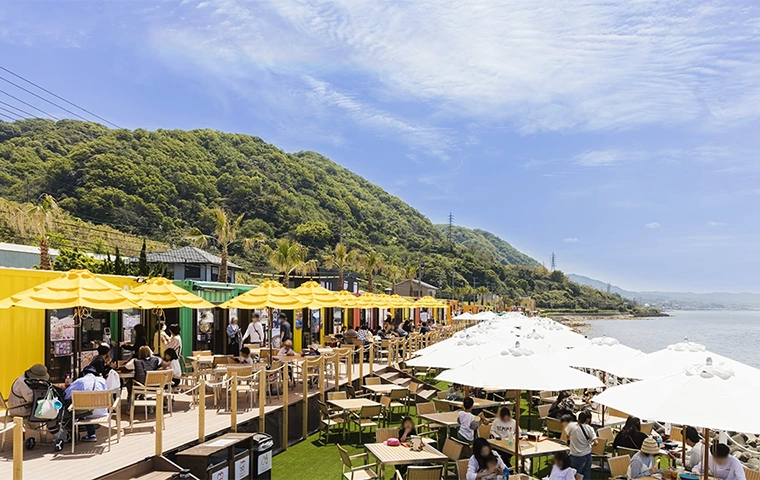
Awaji Chef’s Garden by PASONA is an area featuring a variety of dishes and offers a breathtaking view selected as one of Japan’s “Top 100 Sunsets.” With approximately 30 restaurants to choose from, you can enjoy a selection of meals based on your preferences while gazing at the sea and the sunset.
| Name | Awai Chef's Garden by PASONA |
|---|---|
| Address | 57-3, Nojima Okawa, Awaji Shi, Hyogo Ken, 656-1723 |
| Parking | Approx. 140 units (Chef Garden Parking Space & SEIKAIHA Parking Space) 500 yen/day |
| Phone Number | 080-8177-4501 |
| Website | https://www.awaji-chefgarden.com/ |
| Business Hours | 11:00~21:00 (last order 20:00) *Subject to change depending on the season and weather. |
Click here for details of Awaji Chef's Garden
Haru San San
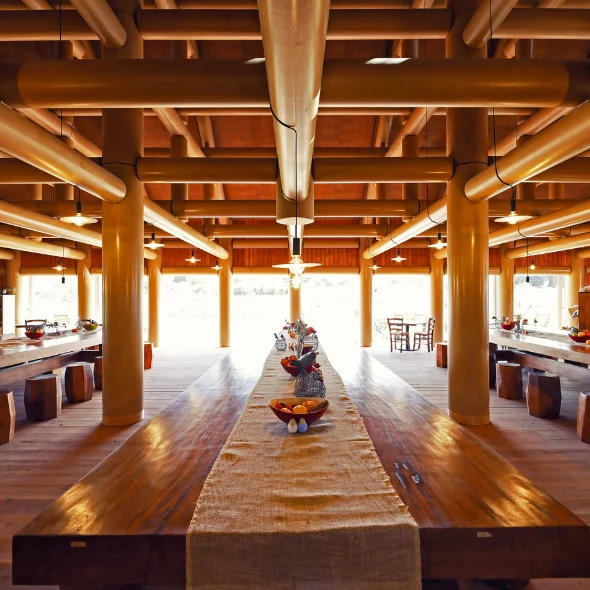
Designed by world-renowned architect Shigeru Ban, this restaurant is an ode to sustainability with a thatched roof supported by pillars made of paper tubes. It’s an eco-friendly restaurant in the middle of a farm, where the ingredients for the dishes are also grown sustainably.
| Name | Farmer’s Restaurant – Haru San San |
|---|---|
| Address | 1510-4 Nojima-tokiwa Aza Genpachi, Awaji City, Hyogo Pref. 656-1726 |
| Tel | 0799-70-9082 |
| Operation Hours | 11:00-18:00(L.O.17:00) |
| Closed | Wednesdays |
| Website | https://www.awaji-nlr.com/harusansan |
| Reservations | https://www.tablecheck.com/en/shops/noukarestaurant-haru-sansan/reserve |
Click here for details of Haru San San
miele
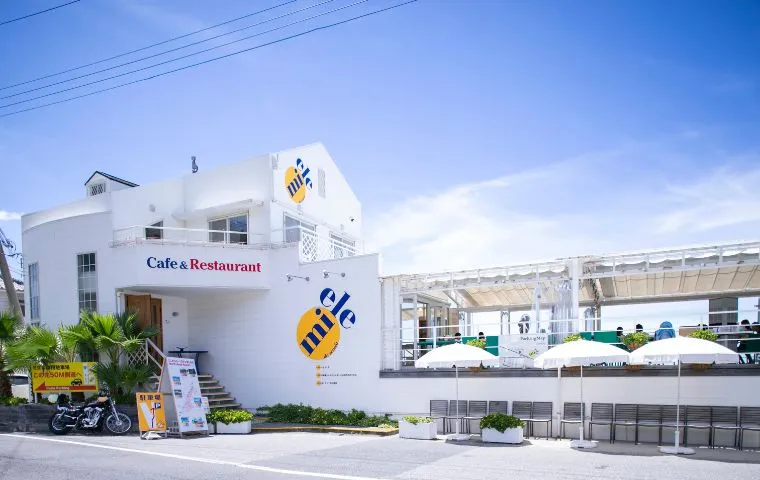
Miele meaning “honey” in Italian is known for its sweets made with fresh ingredients and honey produced on Awaji Island and throughout the world. A perfect spot for a dessert or tea time!
| Name | miele |
|---|---|
| Adress | 785-9 Nojimahikinoura, Awaji City, Hyogo Pref. 656-1721 |
| Tel | 0799-80-2600 |
| Operation Hours | Weekdays 10:30 a.m.~7:00 p.m. (L.O.6:30 p.m.) Sat., Sun, & Public Holidays 10:00 a.m.~7:00 p.m. (L.O.6:30 p.m.) Closed: Thursdays |
| Website | https://www.miele-da-scuola.com/ |
Click here for details of miele
Summary
There you go! Your guide on things to do in Awaji Island, and places that you can pick for your one-day trip itinerary. If you need more information, please check the other pages on our website. We have written countless articles explaining the charm of Awaji Island!




